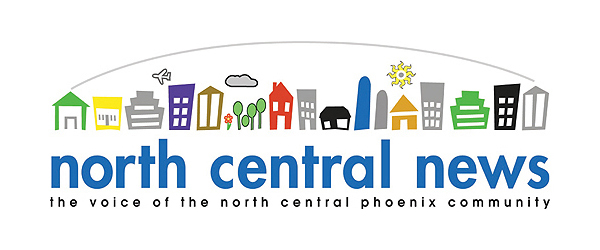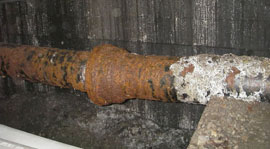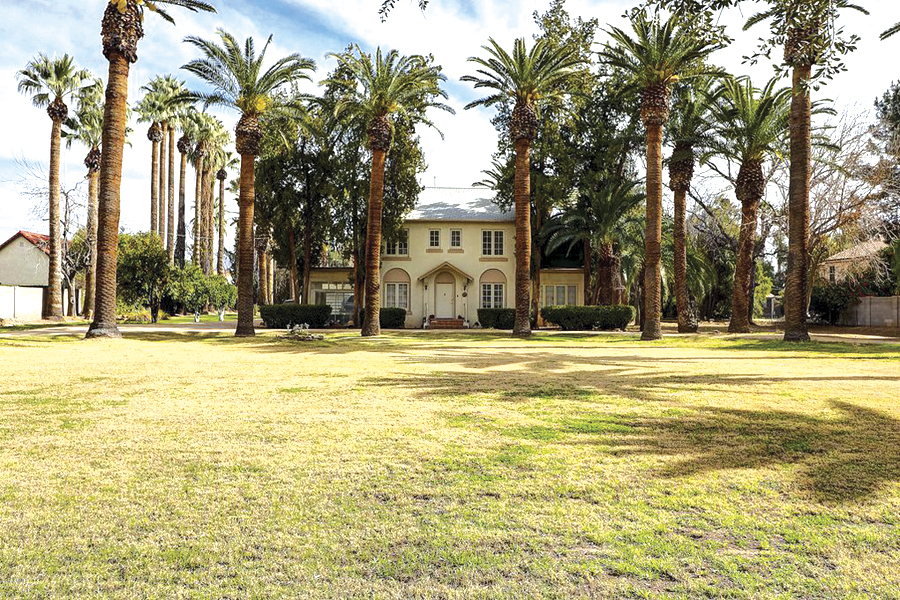Phoenix residents could see their first water and sewer rate increases in nearly four years if the City Council approves the proposal in January. And if things go according to plan, it will just be the first of five annual rate increases.
Phoenix Water is recommending a 3 percent increase for water rates and a 2 percent increase for sewer rates, for 2016. Since the average resident uses more water than sewer, the overall combined increase will be around 2.6 percent, which will add approximately $1.59 per month to their bills.
The proposed plan also includes a recommended 2 percent rate increase for March 2017.
The water rates in Phoenix have three main components: the monthly fixed service charge, volume (usage) charges and environmental charges. The city’s water and wastewater utilities do not operate for profit, they are owned by the citizens of Phoenix.
The Phoenix Water Department, which runs the utilities, aims to earn enough revenue to cover the cost of debt service, operations, and development of capital infrastructure. However, by far the biggest costs of late have been rehabilitation and replacement of aging and failing pipes.
“We are dealing with an aging infrastructure as well as inflationary costs such as labor, raw water supplies, electricity, chemicals, etc.,” said Kathryn Sorensen, Water Services director. “Infrastructure is really the driver for the need to increase rates; what that really comes down to is pipelines.”
The city is spread over a wide geographic area, some pieces of which have been receiving water from the utility for close to 100 years. In fact, Sorensen says, nearly one-quarter of the city’s pipelines are at or near the end of their usefulness of life. The city’s growth has leveled off, so in terms of capital needs, the focus is on fixing and replacing.
If approved, the rate increase will provide funding for resources needed to invest in rehabilitation and replacement of the pipes, treatment plants, pumps, reservoirs, and wells.
However, there is another issue driving the rate increases. For fiscal year 2021-22, the city is planning additional bond sales for the utility. “We need to keep a certain level of capital in reserve in comparison to what is outstanding, in order to keep our bond rating high,” explains Sean Kindell, deputy Finance director. “We’ve been drawing down that fund balance the last few years, that’s why there has been no rate increase the last three years. But we are close to hitting the bottom of that draw-down.”
The capital fund balance has decreased the last few years due to some refinancing that reduced the city’s Water System bonds and short-term debt. That drop in debt meant that the city could draw down on its fund balance, which needs to be at a certain level to borrow money at a lower cost. So that fund balance now has to be built back up in anticipation of those future bond sales.
“It’s a rolling 5-year plan, that factors in 4 percent inflation and system growth over the remaining four years and 1 to 1 ½ percent anticipated population growth,” Kindell says. “We have the third-lowest rates in the Valley, and that will not change even after this rate increase goes into effect,” he adds.
The rate increase goes before the Phoenix City Council for review on Dec. 2, where council members likely will adopt an ordinance to change the Phoenix City Code related to water and sewer services to allow for the rate increases. No public comment will be taken.
The public hearing will take place on Jan. 6, 2016, during the Phoenix City Council’s formal meeting, at which time the council could approve the rate increases, which would then go into effect on March 1, 2016, and March 1, 2017, respectively.










































